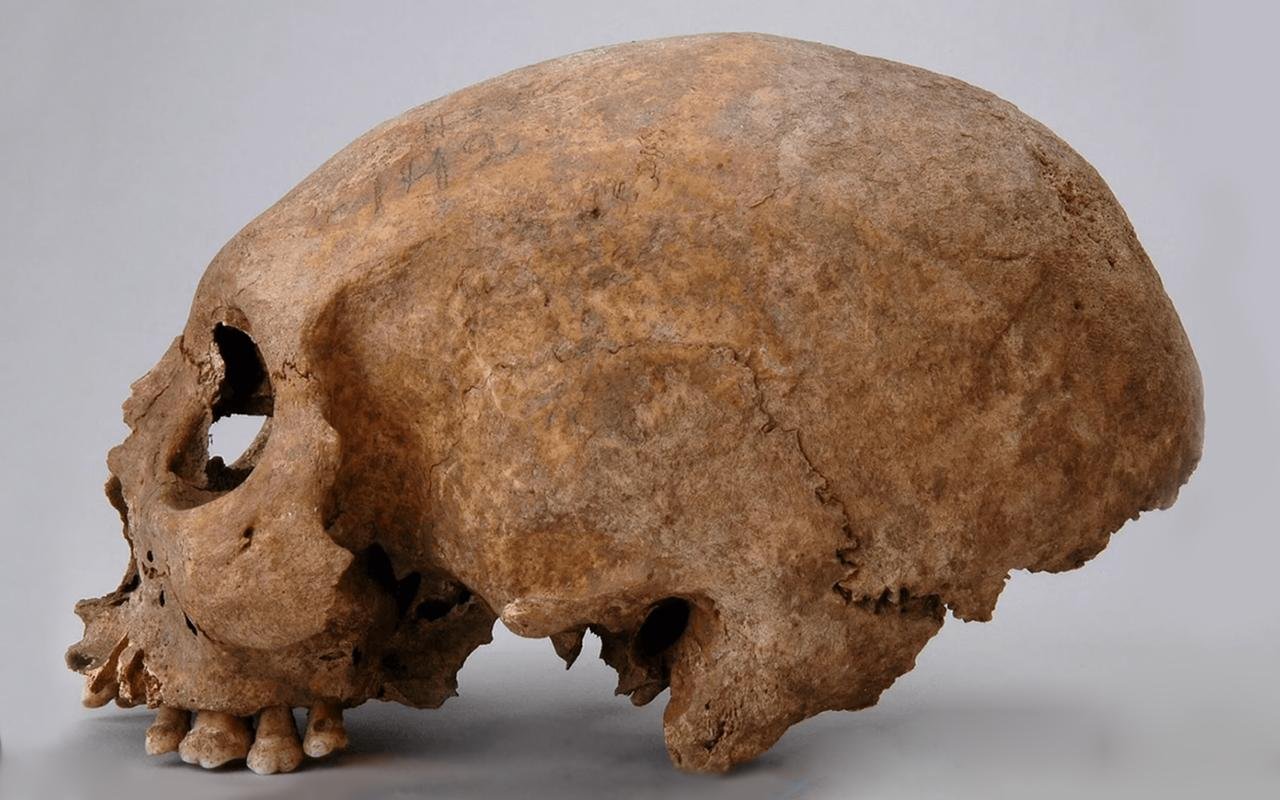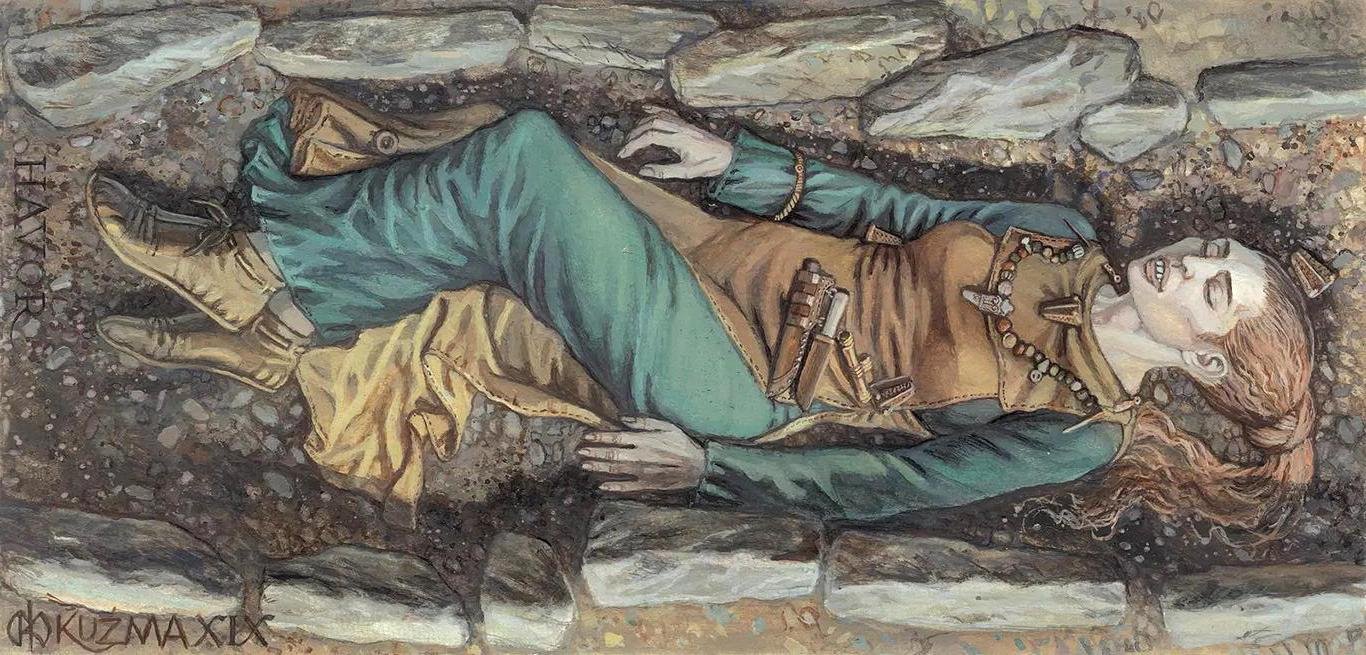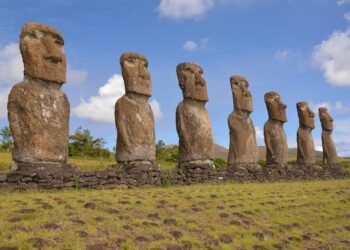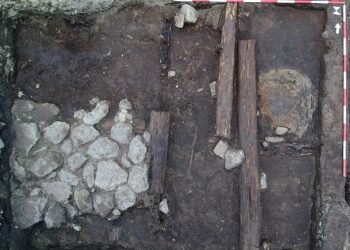Recent archaeological studies centered on the Viking era in Scandinavia have unearthed a plethora of permanent bodily modifications, illuminating the methods through which ancient societies communicated and expressed social identities.

A study, conducted by Matthias Toplak and Lukas Kerk and published in Current Swedish Archaeology, has brought to attention various forms of bodily alterations prevalent among Vikings, particularly in Gotland, a Baltic island serving as a significant trading hub during that time.
Among the most intriguing discoveries are dental alterations, with approximately 130 individuals, predominantly adult men, found to have horizontal grooves carved into their teeth. Concentrated mainly on Gotland, these modifications have sparked debates ranging from interpretations as marks of slaves to symbols denoting elite warrior status.

However, a closer examination suggests they may have functioned as signals of identification within a closed group of traders, akin to later medieval guilds. Variations in the patterns of notches indicate a possible regional signaling code, facilitating communication both within and outside the immediate community.
Moreover, the study unveils the presence of three Viking women with artificially elongated skulls, a practice seemingly foreign to Scandinavian Viking culture but prevalent in Eastern Europe during the same period. These women, buried with elaborate jewelry indicative of their acceptance and integration into the local community, raise questions about the adaptation and reinterpretation of foreign identity practices in Viking society.

The methodology behind these cranial modifications remains enigmatic. Whether these modifications were carried out before arrival in Scandinavia or on Gotland itself remains unclear, prompting researchers to explore possible cultural exchanges and societal interpretations of such alterations.
Toplak and Kerk emphasize that these bodily modifications served not only as physical alterations but also as embodied signals conveying complex messages about an individual’s social status, group affiliation, and possibly cultural background. Through decoding these signals, researchers gain insights into the dynamic social dynamics and cultural practices of Viking communities.






















